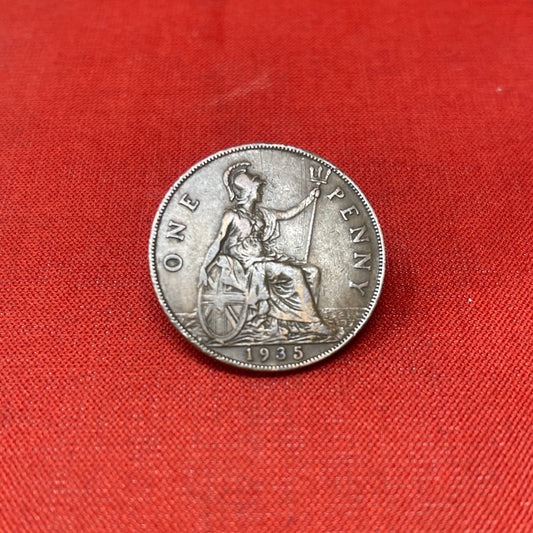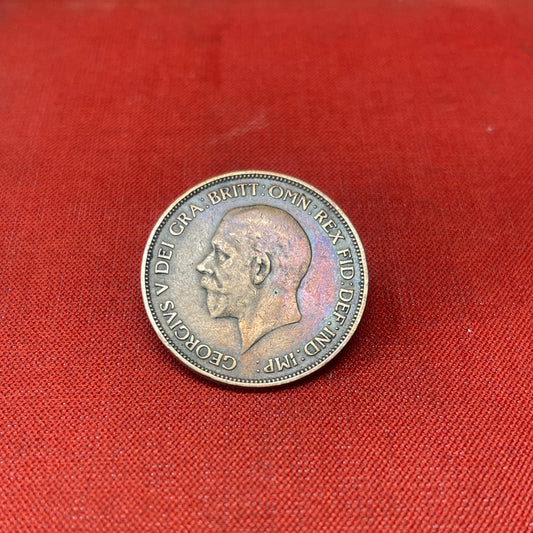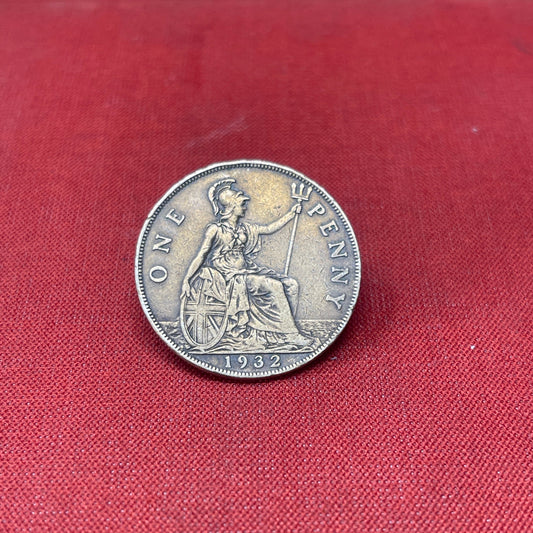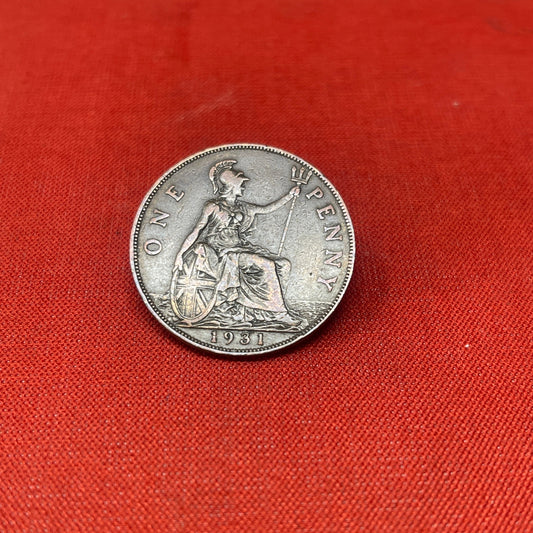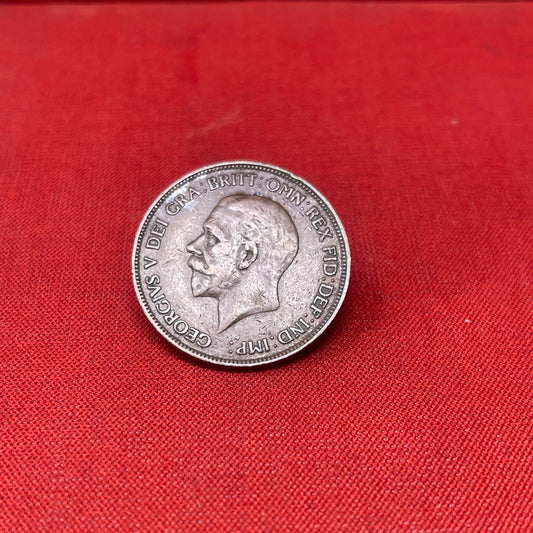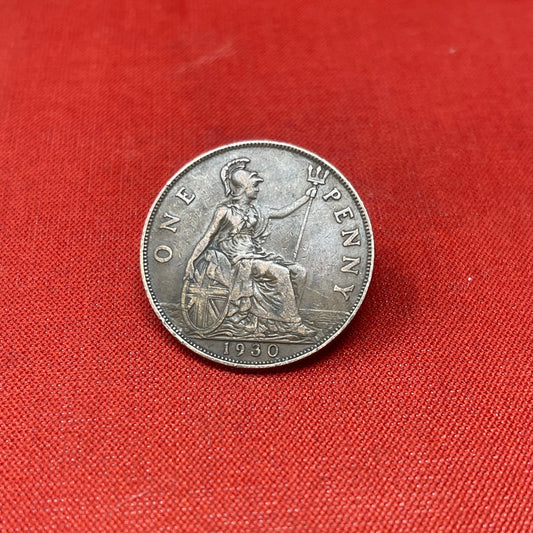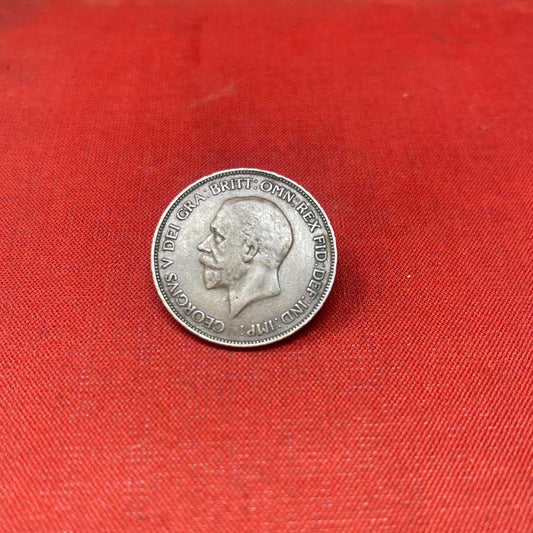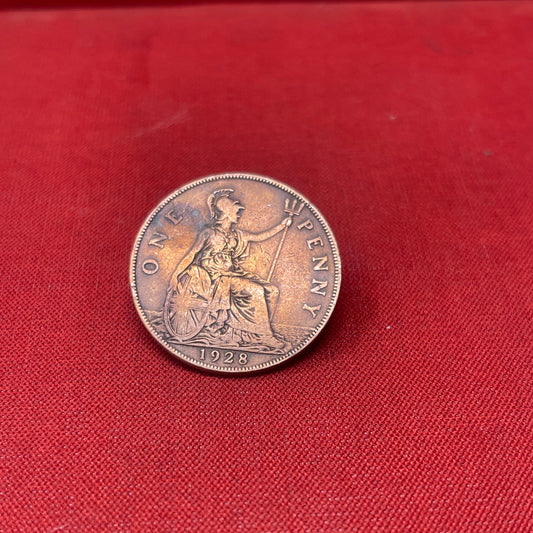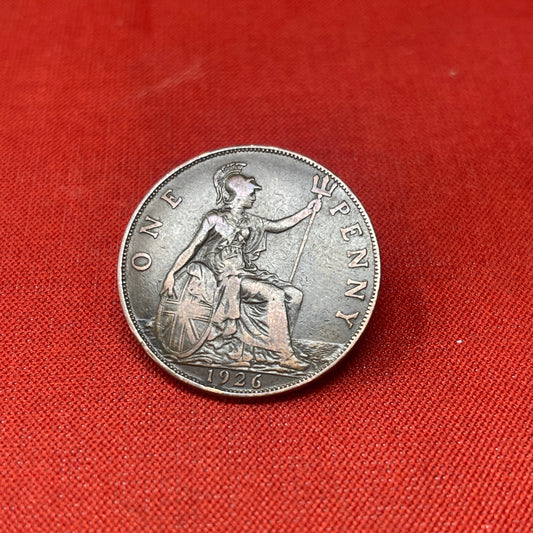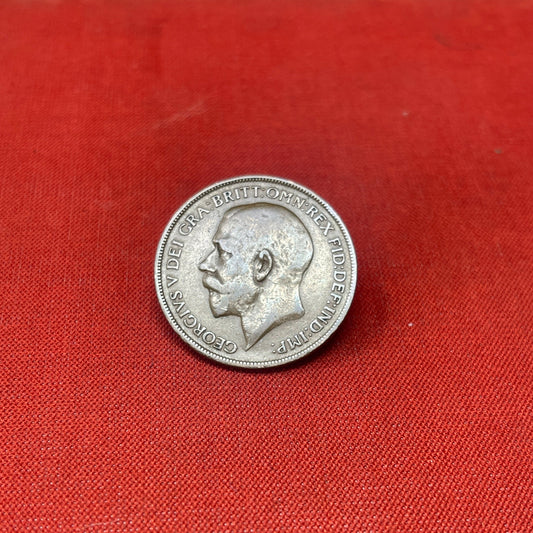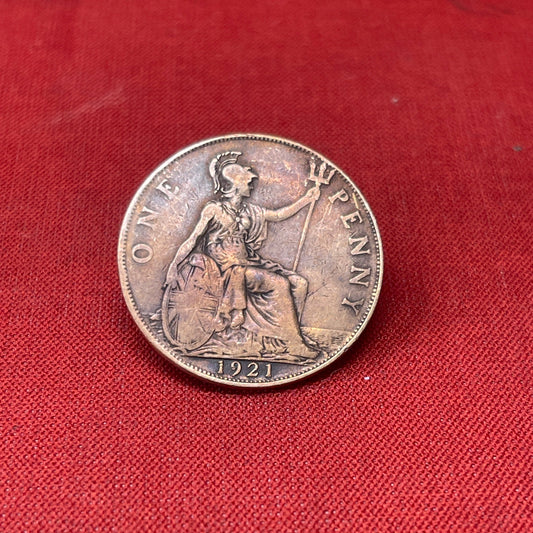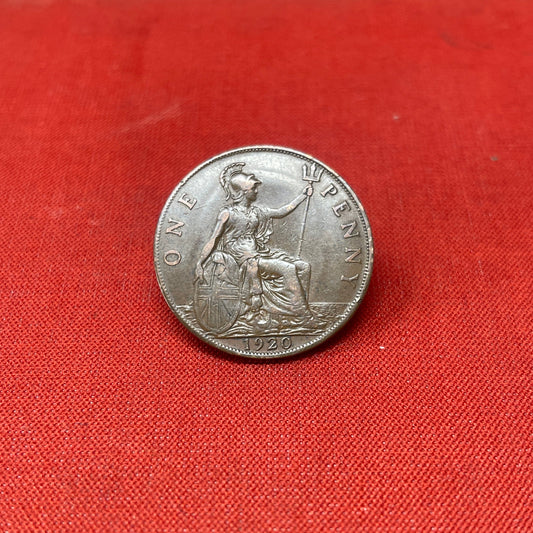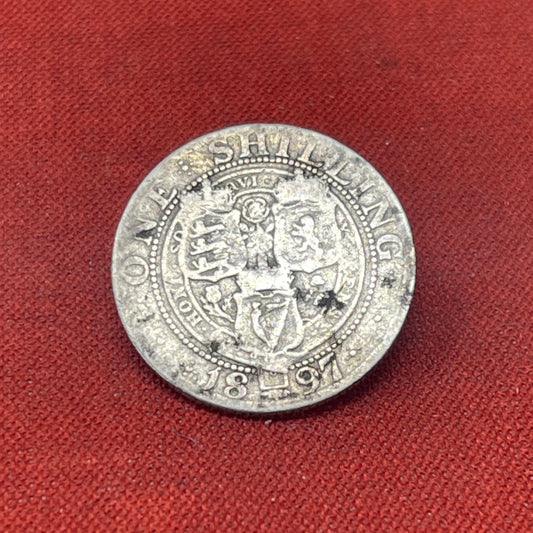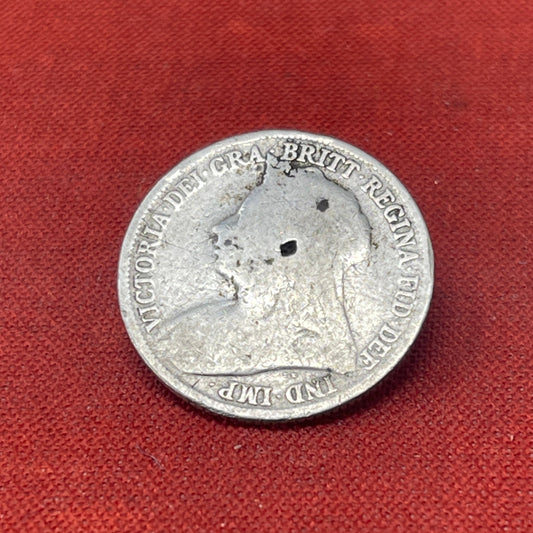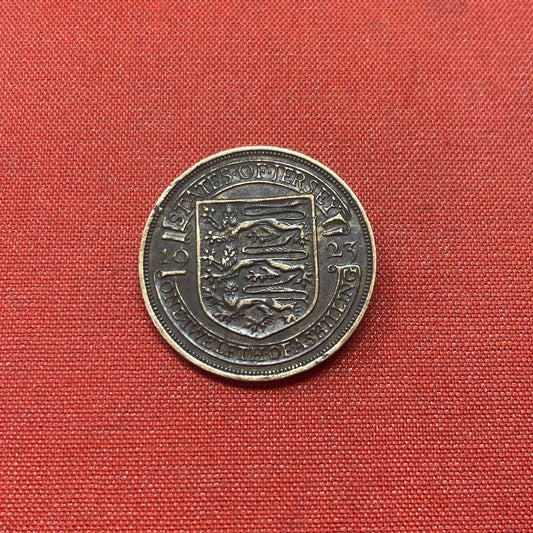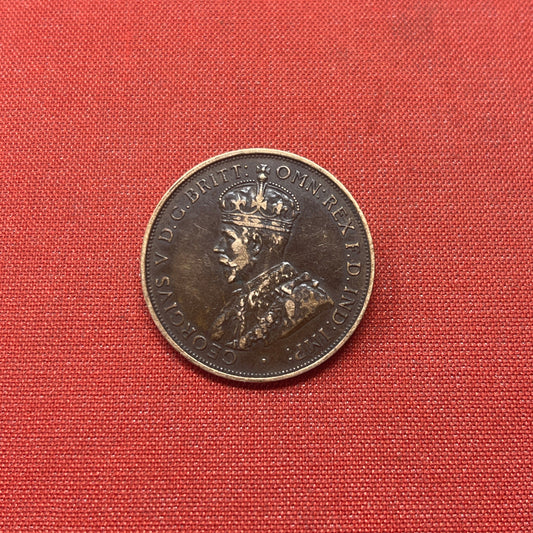Collection: King George V 1910-1936
During the reign of King George V from 1910 to 1936, British coinage underwent significant changes and challenges. At the beginning of his reign, the coin designs were largely consistent with those of his predecessors. However, in 1911, new coinage featuring George's portrait was introduced, designed by Bertram Mackennal. World War I had a profound impact on the economy, leading to metal shortages. In response, lower denominations were temporarily struck in bronze or brass, while silver coins saw reduced purity. In 1917, the gold sovereign ceased general circulation. After the war, there was a general return to the traditional designs. In 1920, the silver threepence was debased to 50% silver, and in 1927, the larger nickel-brass threepence was introduced. In 1937, a year after George V's death, his effigy was replaced with that of his son, King George VI. The coins of George V's reign reflect the tumultuous period of World War I and its aftermath, as well as the evolving economic landscape of the British Empire during the early 20th century.


